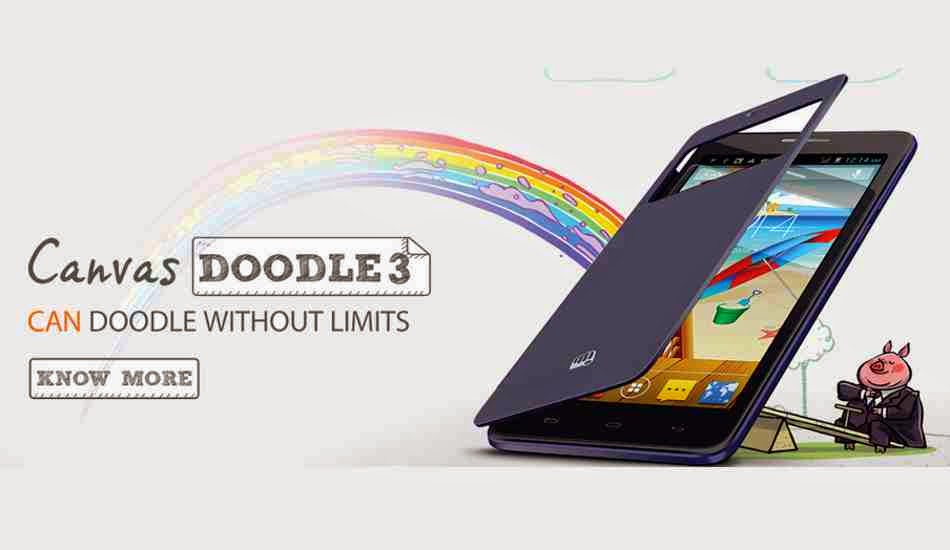Facebook has launched FB Newswire, with the aim to make it easier for journalists and newsrooms to find, share and embed newsworthy content from the popular social networking website in their work.
The FB Newswire is a Facebook page of hand-selected and journalist-verified news stories from across Facebook's platform, according to Andy Mitchell, director of news and global media partnerships at Facebook.
The newswire is designed to help journalists share and embed newsworthy Facebook content that is made public by its members such as photos, status updates and videos.
"Every day, news is made on Facebook. More than one billion people use our platform to discover, explore and participate in news-making events around the world," said Mitchell.
"Today, we're excited to announce FB Newswire, a resource that will make it easier for journalists and newsrooms to find, share and embed newsworthy content from Facebook in the media they produce," Mitchell said.
Powered by Storyful, that is involved in social content discovery and verification for newsrooms, FB Newswire aggregates newsworthy content shared publicly on Facebook by individuals and organisations across the world for journalists to use in their reporting.
This will include original photos, videos and status updates posted by people on the front lines of major events like protests, elections and sporting events.
FB Newswire is accessible on Facebook at Facebook.com/FBNewswire and on Twitter at @FBNewswire, and will be updated in real-time with content related to top news stories.
"In Storyful, we're excited to have found a partner with a track record of understanding both the potential of the social web as a key resource for media as well as the tools that newsrooms need to utilise it," said Mitchell.
Facebook is confident that their news expertise will help make it even easier for journalists to use compelling social content from Facebook in their news-gathering and reporting.
"News is finding a bigger audience on Facebook than ever before. Journalists and media organisations have become an integral part of Facebook, which is visible in features such as Trending Topics, improvements to Pages, and recent changes to News Feed," according to Mitchell




























